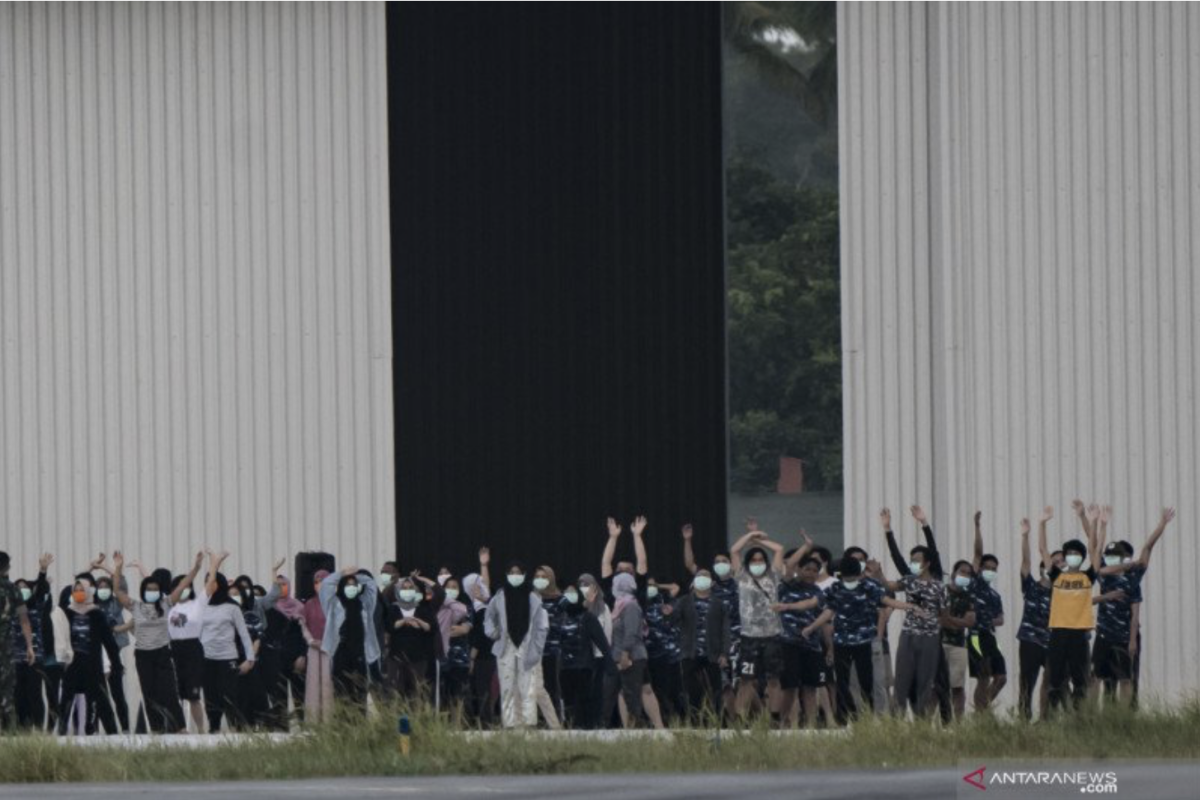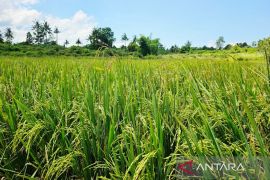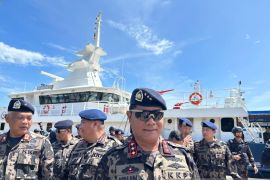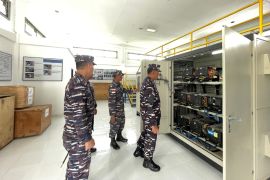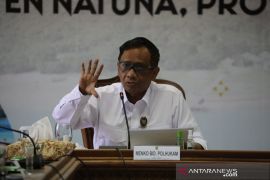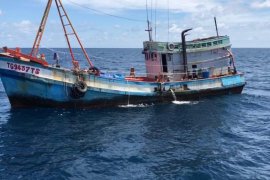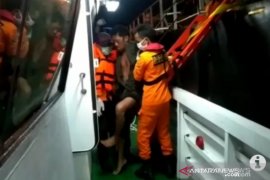I remember reading pieces on how the local residents in Natuna showed resistance to have the group for a 14-day observation period on the island. As I arrived there and got to interact with them, it became clear that their lack of information had insJakarta (ANTARA) -
A few short weeks before the President Joko Widodo announced the first COVID-19 outbreak in Indonesia, the public had nervously welcomed their fellow Indonesian nationals who had been repatriated from the epicenter of the virus’ outbreak in China, which included the city of Wuhan and several parts of the Hubei province.
After a period of deliberation and diplomatic negotiations, 285 Indonesian nationals were taken to Natuna Island for a 14-day observation period back in February 2020, including 238 Indonesians residing in Wuhan, Hubei Province; 24 evacuation teams from the Ministry of Health and Indonesian Military Force elements; five members of the Ministry of Foreign Affairs’ team; and 18 Batik Air crew members involved in the evacuation efforts.
“During the time, it felt as though the virus was still thousands of miles away,” ANTARA’s video reporter, Kuntum Riswan, remarked while reminiscing about the time she had visited Natuna to report on the scene.
When Riswan was informed of an assignment to report on the observation of Indonesians in Natuna, the first concern to cross her mind was not related to the virus and how it had rapidly spread across China, thereby prompting rescue efforts.
“Our knowledge about COVID-19 was not as complete as it is at the time, and it did not even yet have a name. We were still referring to it as the novel coronavirus. The assignment that was given to me at a rather short notice had raised concerns about preparing for the trip, instead, especially regarding video equipment,” she stated. However as a reporter for the Indonesian national news agency she is accustomed to covering sudden events.
ANTARA’s videographer/camera operator, Ahmad Adnan, too highlighted the lack of accurate information on the virus doing the rounds among members of the public, including media workers. Upon his departure to Natuna Island, as he teamed up with reporter Riswan, a huge body of information on transmissions and symptoms still lacked clarity and was quite vague.
At the time, the company's guidelines on covering coronavirus were far from detailed. Nevertheless, equipped with protective masks, the two boarded the military jet and joined the entourage that were following Military Commander-in-Chief Marshal Hadi Tjahjanto to one of Indonesia’s outermost islands.
“As we arrived, it soon became clear to us that we were reporting from a 600- to 700-meter-radius of the observation facility,” Adnan remarked.
The distance maintained did offer slight respite since it circumvented direct contact with the over 250 Indonesians who, during the time, were yet to be cleared of COVID-19 transmission. It was then a matter of getting good-quality footage and story coverages for the team of video journalists.
“Thankfully, I had brought a rather stable camera, with a good-quality lens, which allowed to zoom quite far in,” Adnan remarked.
Along with video journalists from some 10 other media platforms as well as ANTARA’s own photo journalist, Muhammad Adimaja and other reporters, they documented the daily activities of Indonesians under observation.
“However, on the day prior to their return to their respective hometowns, we were cleared to get closer to their facilities and observees, as they had undergone the 14-day period and declared free of the coronavirus disease,” Riswan expounded.
Riswan and Adnan managed to get in touch with Achmad Yurianto, a high-ranking official from the Ministry of Health and appointed as government spokesperson on COVID-19 handling, and explained detailed parts of the observation facilities.
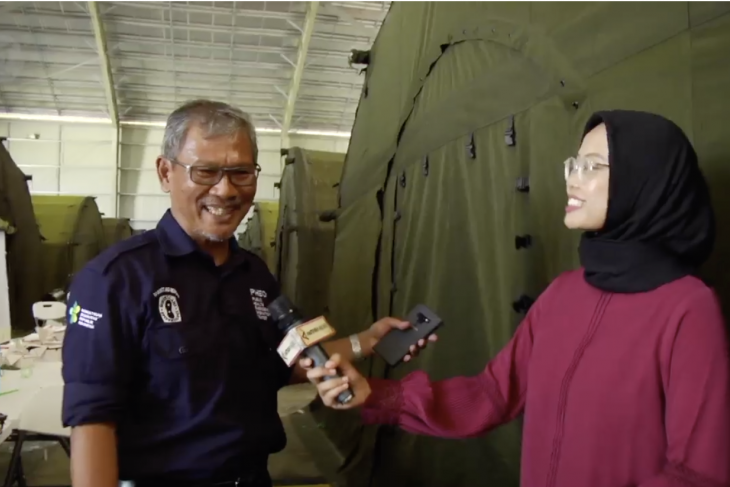
As the reporters felt safe to be in closer range of the observees, they were able to focus on their reporting from the Air Force hangar that was transformed into an observation facility, interviewing observees, and documenting the homecoming ceremony, with attendees comprising the health minister, coordinating minister for human development and culture, and chief of the National Disaster Management Agency.
Prisca Triferna, ANTARA’s journalist for the social and human development division, recalled being slightly anxious on being at close quarters with the Indonesians, who had recently been at the epicenter of the outbreak in China.
“We (the division) had been staying abreast of the news on the disease since the start of the year. Hence, I was slightly concerned about staying close and having to interact with the observees, as I was assigned to write a piece on the people’s stories. However, seeing the ministers and high-ranking officials interact directly face-to-face with them, from a close distance, eased my slight nervousness,” she recollected. The
Disparate to Riswan and Adnan, Triferna had flew in to Natuna Island on the day when the observees were being sent home after undergoing the observation period. She joined the group of reporters on the same flight with the health minister, coordinating minister for human development and culture, and chief of the National Disaster Management Agency.
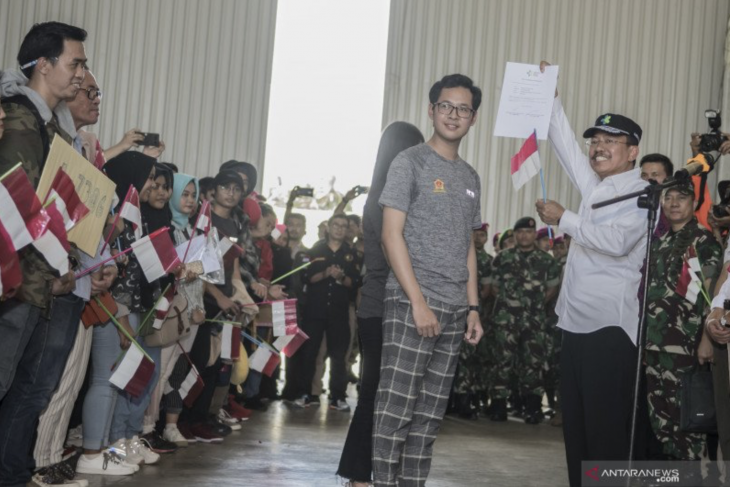
Responding to a question posed on the most memorable part in reporting the return of Indonesians after being repatriated from Wuhan/Hubei Province, China, all three journalists seemed to have taken home different fractions of their experiences.
“I remember the overwhelming emotions exhibited by the Indonesians, who had been waiting in uncertainty and fear of this virus, to finally come home,” Riswan reminisced.
“As journalists, we were set on to follow every development in the situation in Wuhan, right from the start of the outbreak and down to the government’s efforts to bring Indonesians home, as they desperately attempted to keep themselves safe as best as they can. Seeing them finally being able to go home and reunite with their families humanized them and offered a sense a relief for us as well,” Riswan noted.
As they were among the first group to return home from China at a time when the virus had yet to spread globally, the Indonesians returning from Wuhan were stigmatized out of growing public fear. ANTARA's journalists returning from Natuna, therefore, had to undergo a medical checkup after landing in Jakarta to ensure that they were healthy and to keep coronavirus-related stigma at bay.
“I remember reading pieces on how the local residents in Natuna showed resistance to have the group for a 14-day observation period on the island. As I arrived there and got to interact with them, it became clear that their lack of information had instilled a sense of fear that in turn took the form of resistance,” Prisca Triferna explained, adding that she recalled witnessing local citizens sending the group away, as they were leaving.
Interactions with local citizens became one of the highlights for Ahmad Adnan. After a day of work, he would visit local cafés or restaurants to eat, and along with his counterparts, he would also end up interacting with the locals.
“One night, we ended up jamming at the café, as they had musical instruments there, and after we performed a few songs, the locals were enthused and approached us, and we ended up conversing with them,” he recalled.
Indeed, the assignment transcended just what they were obligated to do, but it was also about humanizing figures they often saw on screen or in writing, and interacting with people and getting a feel of the environment they had never experienced before akin to Natuna Island that sits on the outermost part of the nation.
After the work concluded, there was no set time as to when they would be able to return to Jakarta just yet, as flights in and out of Natuna Island were not operating as frequently as to other major destinations.
In the midst of uncertainties surrounding their time of departure, the journalists were able to witness the natural wonders of the outermost island, thereby making the entire experience an assignment of a lifetime.
Related news: Reporting on COVID-19 mass quarantine 500 meters from Sebaru Kecil
Related news: Covering a COVID-19 burial: The photojournalists' stories
Editor: Gusti Nur Cahya Aryani
Copyright © ANTARA 2020
